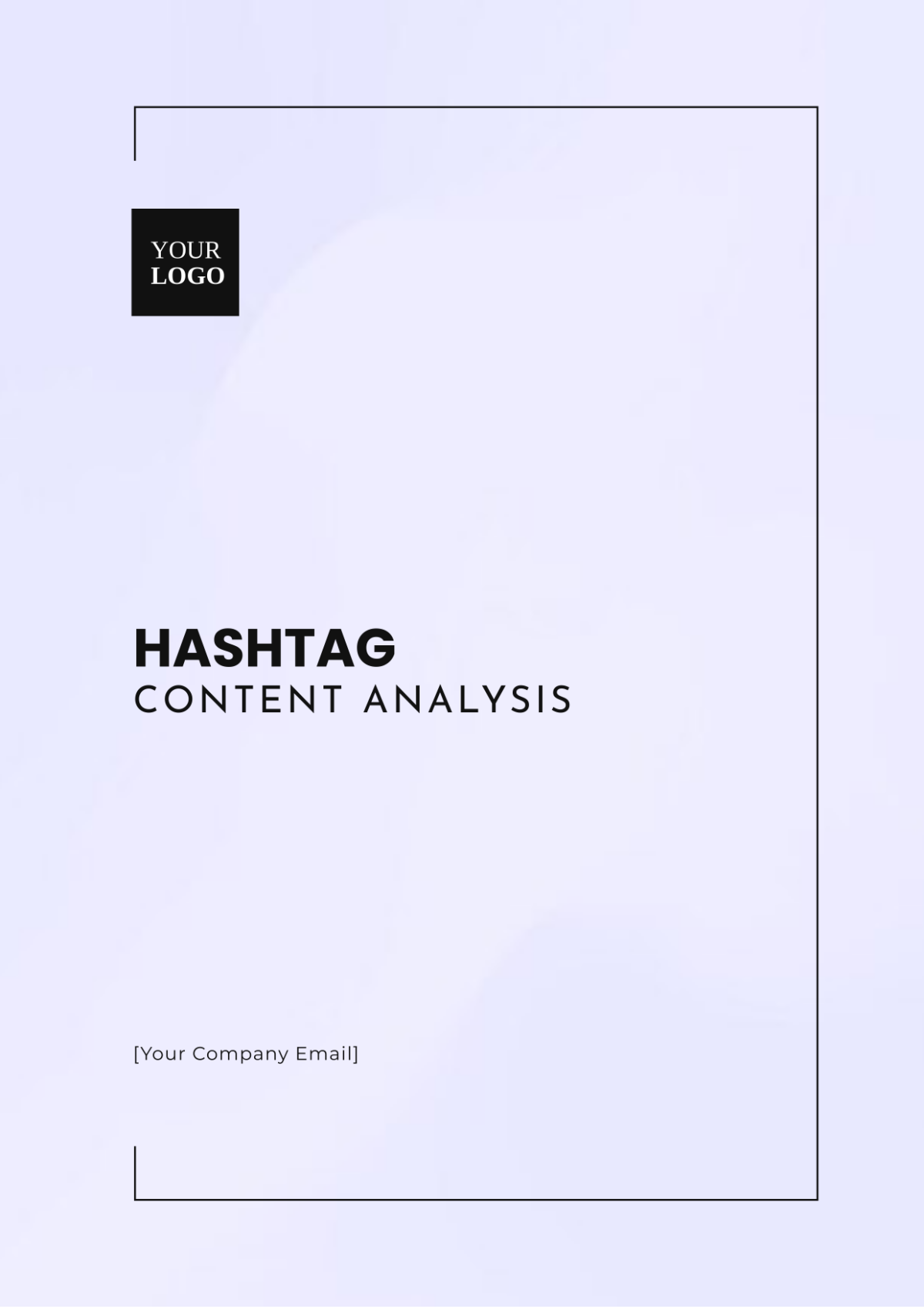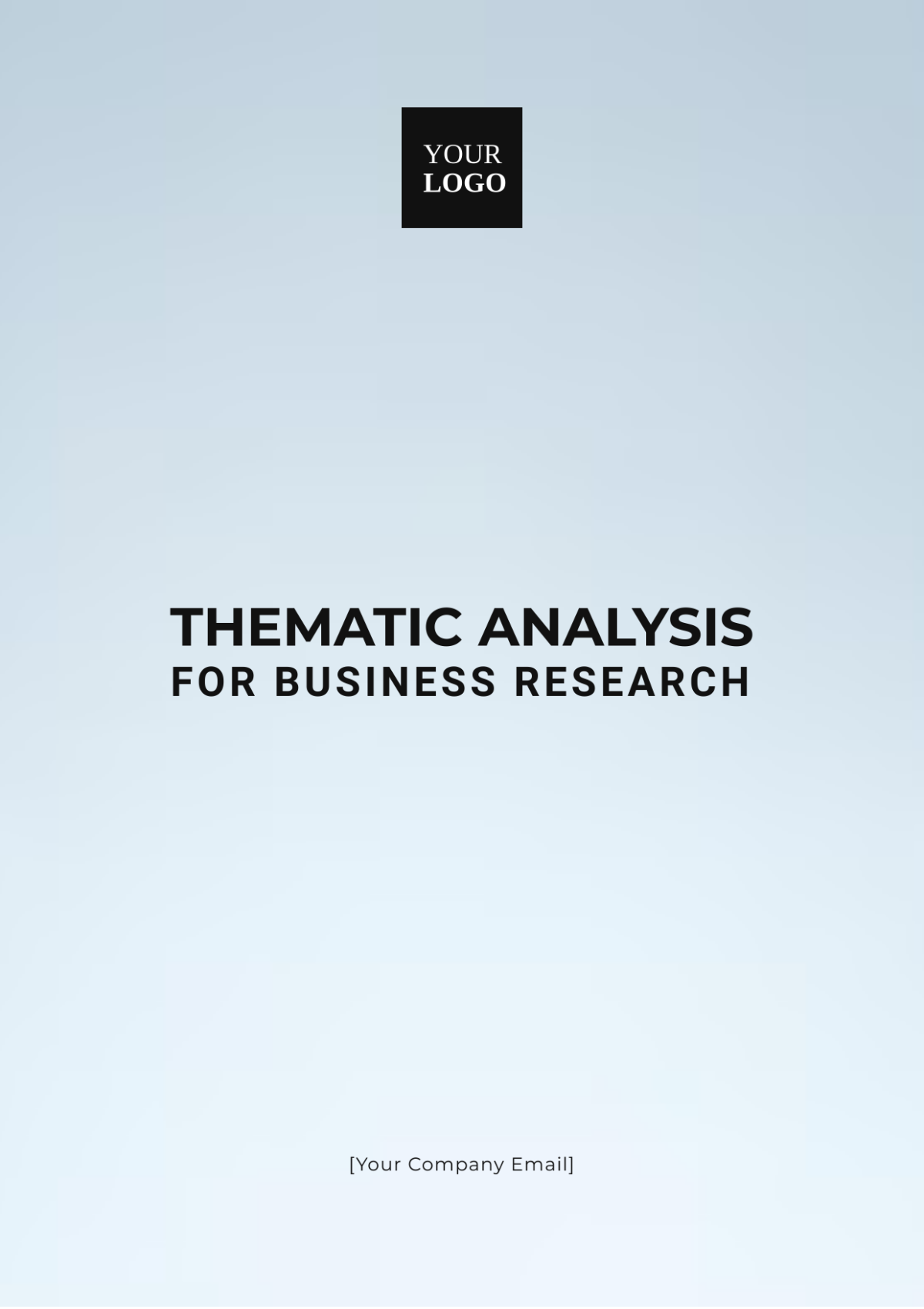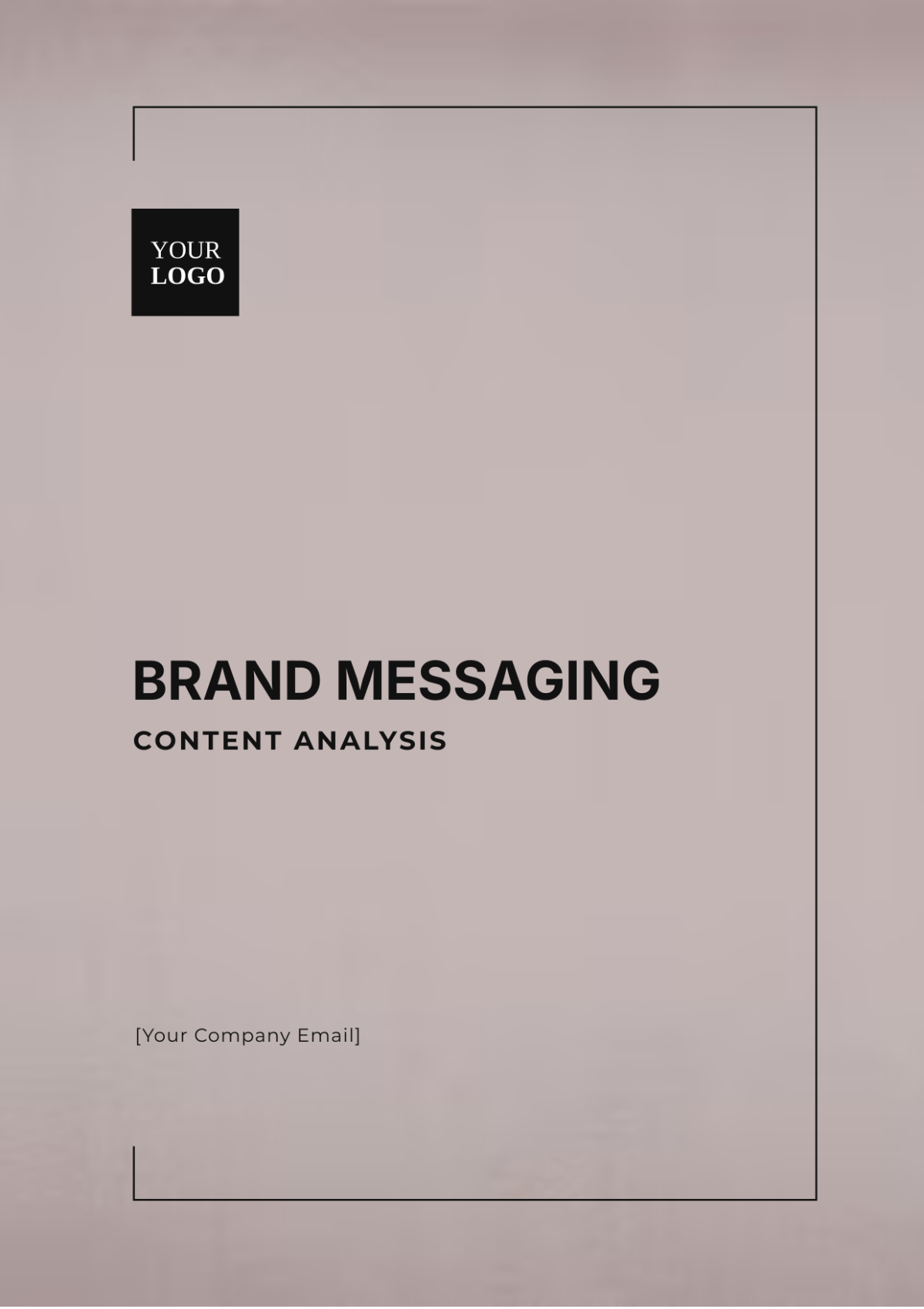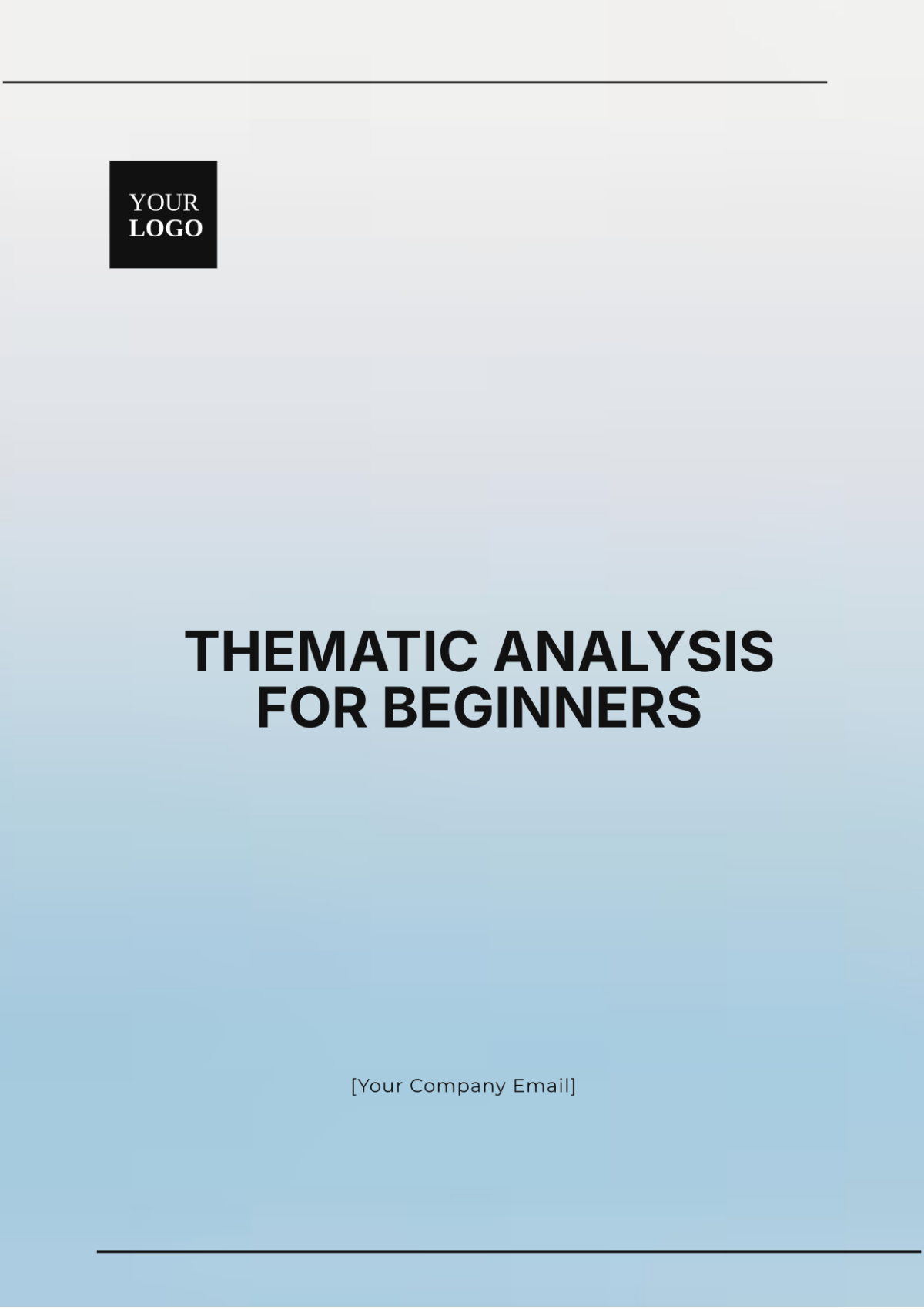Value Chain Analysis
Prepared By : | [Your Name] |
Company : | [Your Company Name] |
Department : | [YOUR DEPARTMENT] |
Address: | [Your Company Address] |
Email: | [Your Company Email] |
I. Introduction
In this Value Chain Analysis, we will delve into the supply chain of [Your Company Name] within the retail industry. The primary objective is to identify potential cost-saving opportunities and streamline operations to enhance overall efficiency.
II. Methodology
A. Data Collection
Gather relevant data on the current supply chain processes, including procurement, inventory management, and distribution.
Conduct interviews with key stakeholders involved in the supply chain, including suppliers, warehouse managers, and sales representatives.
Analyze existing documentation such as purchase orders, invoices, and inventory reports to gain insights into current practices and challenges.
B. Analysis Framework
Utilize Porter's Value Chain model to systematically assess each component of the retail supply chain, including primary and support activities.
III. Value Chain Components
A. Primary Activities
Inbound Logistics
Evaluate the efficiency of current transportation and warehousing processes.
Analyze lead times and transportation costs associated with inbound materials.
Identify opportunities to consolidate shipments and optimize routes for cost savings.
Operations
Assess the effectiveness of current inventory management techniques, including EOQ and JIT.
Analyze production processes to identify bottlenecks and inefficiencies.
Evaluate the utilization of technology and automation in streamlining operations.
Outbound Logistics
Review the performance of the distribution network in terms of speed and cost-effectiveness.
Analyze order fulfillment processes and customer delivery experiences.
Identify opportunities to reduce shipping costs and improve delivery times.
Marketing and Sales
Evaluate the effectiveness of current marketing strategies in driving sales.
Analyze customer segmentation and targeting efforts.
Assess the efficiency of sales channels, including online platforms and brick-and-mortar stores.
Service
Review customer service processes and response times.
Analyze customer feedback and satisfaction levels.
Identify opportunities to improve after-sales support and warranty management.
B. Support Activities
Procurement
Evaluate supplier relationships and performance metrics.
Analyze purchasing patterns and identify opportunities for bulk purchasing or negotiated discounts.
Assess the effectiveness of current procurement strategies in managing costs and ensuring supply chain resilience.
Technology Development
Review existing IT infrastructure and systems supporting supply chain operations.
Identify opportunities for implementing new technologies such as RFID tracking or AI-driven demand forecasting.
Assess the potential impact of technology upgrades on operational efficiency and cost savings.
Human Resource Management
Evaluate workforce skills and training programs related to supply chain management.
Analyze employee productivity and engagement levels.
Identify opportunities for skill development and process improvement through training initiatives.
Firm Infrastructure
Review organizational structure and decision-making processes.
Assess the effectiveness of cost control measures and overhead management.
Identify opportunities for streamlining administrative processes and reducing overhead costs.
IV. Findings and Recommendations
A. Cost-saving Opportunities
Implementing a centralized procurement strategy to leverage economies of scale and negotiate better terms with suppliers.
Investing in warehouse automation technologies to reduce labor costs and improve inventory accuracy.
Optimizing transportation routes and carrier contracts to minimize freight costs and delivery times.
B. Operational Streamlining
Integrating inventory management systems with sales data to improve demand forecasting accuracy.
Implementing cross-training programs to enhance workforce flexibility and resource allocation efficiency.
Leveraging data analytics to optimize pricing strategies and promotional campaigns based on customer behavior patterns.
V. Conclusion
In summary, this Value Chain Analysis has uncovered actionable insights to enhance [Your Company Name]'s supply chain efficiency and reduce costs within the retail industry. By implementing the recommended strategies, [Your Company Name] can drive operational excellence, improve customer satisfaction, and maintain competitiveness in the market.

















































